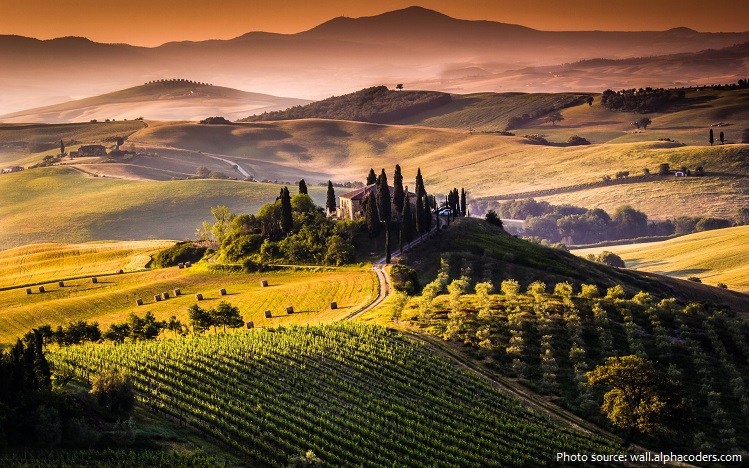
Tuscany is a region in central Italy.
The region is known for its landscapes, history, artistic legacy, and its influence on high culture. It is regarded as the birthplace of the Italian Renaissance and has been home to many figures influential in the history of art and science.
Tuscany has beautiful scenery – surrounded and crossed by major mountain chains, and with few (but fertile) plains, the region has a relief that is dominated by hilly country used for agriculture. Hills make up nearly two-thirds of the region’s total area, and mountains 25% more. The region has a western coastline on the Ligurian Sea and the Tyrrhenian Sea.
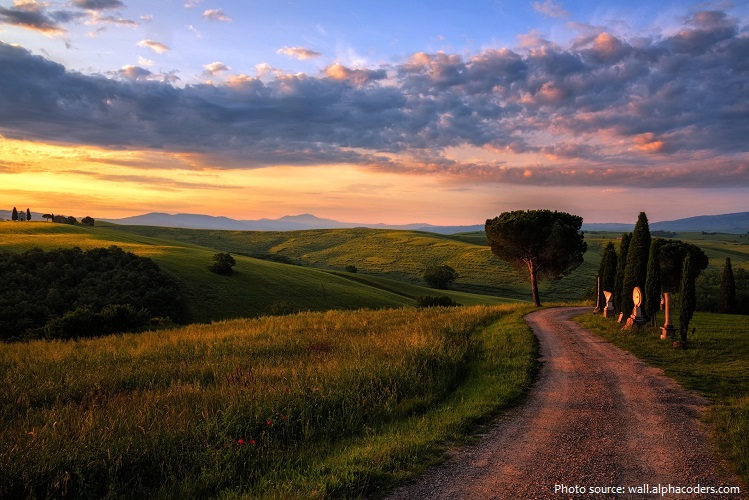
Tuscany has an area of about 23,000 square kilometres (8,900 square miles) and about 3.8 million inhabitants.
Florence is the capital city of Tuscany. It is the most populated city in Tuscany, with about 400,000 inhabitants.
The name “Tuscany” is derived from an Etruscan tribe that settled there about 1000 BC.
Tuscia came into official use under the Roman Empire in the 3rd century AD. After the fall of the Roman Empire, the region was dominated by the Ostrogotes and then the Byzantines, then it was conquered by the Longobards.

In the XI century Pisa became the most powerful town in Tuscany with an extension as wide as the Tyrrenic Tuscany of the Marinara Republic.
In the XII century the period of Municipal corporations started and Lucca became the first municipality in Italy.
The first kinds of democracy and the art corporations were born, those elements made Tuscany a special example of cultural, social and economic autonomy.
Amongst the cities of the region the Municipality-Signory of Florence established itself with culture, economics and military. Around 1300
and 1400 Tuscany and especially Florence strongly contributed to the Italian Renaissance, thanks to many important artists and men of letters.
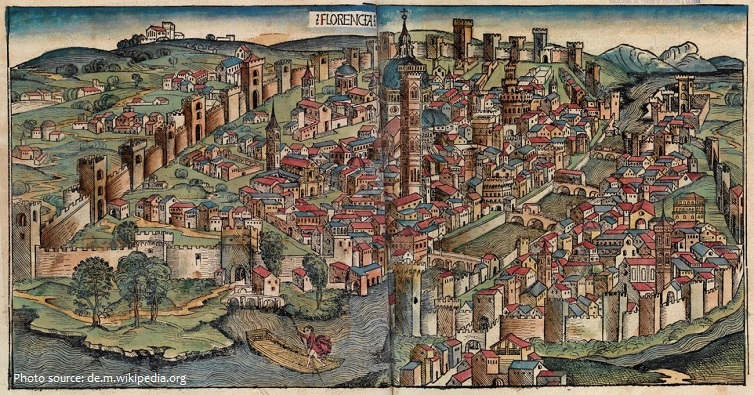
After the advent of the Medici as rulers of Florence in 1434, with the family’s gradual consolidation of power over the area, Tuscany was transformed into a principality. During the XV century the Medici
family, that had become rich thanks to the banks and had got politic relevance in the institutions of Republic since the XV century, ascended the government.
The Medici family became extinct in 1737 with the death of Gian Gastone, and Tuscany was transferred to Francis, Duke of Lorraine and husband of Austrian Empress Maria Theresa, who let the country be ruled by his son. The dynasty of the Lorena ruled Tuscany until 1860, with the exception of the Napoleonic period, when most of the country was annexed to the French Empire.
In 1860, Tuscany became part of modern Italy. Florence replaced Turin as Italy’s capital in 1865, hosting the country’s first parliament, and was superseded by Rome six years later, in 1871.
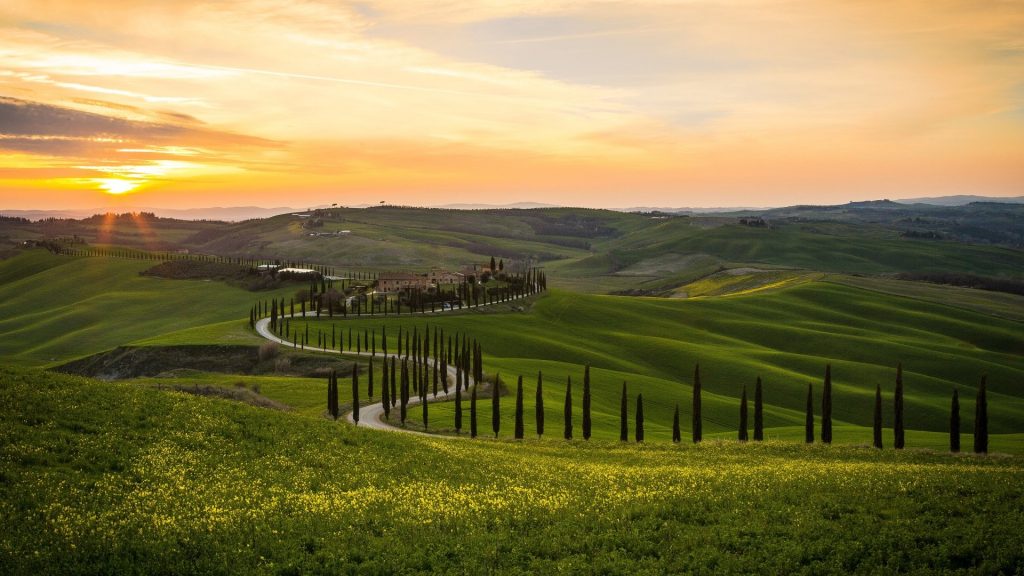
Following the end of the Social Republic, and the transition from the Kingdom to the modern Italian Republic, Tuscany once more flourished as a cultural centre of Italy. After the establishment of the regional government in 1970, Tuscany has always been ruled by centre-left governments.
Today, Tuscany is the second most popular Italian region for travellers in Italy. The main tourist spots are Florence, Pisa, Castiglione della Pescaia, Grosseto and Siena.
Tuscany has an immense cultural and artistic heritage, expressed in the region’s churches, palaces, art galleries, museums, villages and piazzas. Many of these artifacts are found in the main cities, such as Florence and Siena, but also in smaller villages scattered around the region, such as San
Gimignano.

Having a strong linguistic and cultural identity, it is sometimes considered “a nation within a nation”.
Seven Tuscan localities have been designated World Heritage Sites: the historic centre of Florence (1982) [photo below], the Cathedral square of Pisa (1987), the historical centre of San Gimignano (1990), the historical centre of Siena (1995), the historical centre of Pienza (1996), the Val d’Orcia (2004), and the Medici Villas and Gardens (2013).
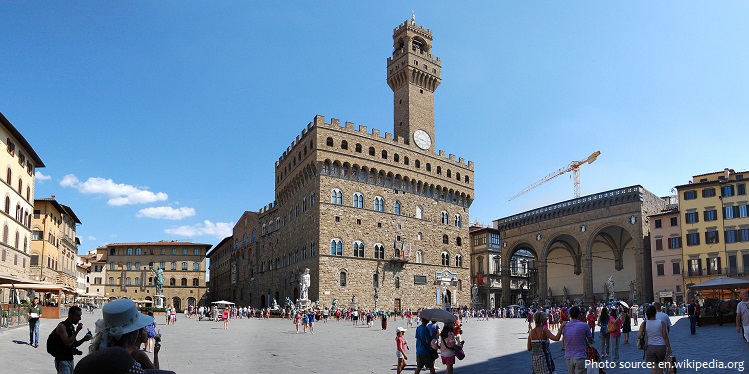
The historic centre of Florence was built on the site of an Etruscan settlement, the symbol of the Renaissance, rose to economic and cultural pre-eminence under the Medici in the 15th and 16th centuries. Its 600 years of extraordinary artistic activity can be seen above all in the 13th-century
cathedral, the Church of Santa Croce, the Uffizi and the Pitti Palace, the work of great masters such as Giotto, Filippo Brunelleschi, Sandro Botticelli and Michelangelo.
The Leaning Tower of Pisa is a symbol of national pride. It is 55.86 meters (183.27 feet) from the ground on the low side and 56.67 meters (185.93 feet) on the high side. The width of the walls at the base is 2.44 m (8 ft 0.06 in). It took 199 years to build the Tower of Pisa, beginning in August 1173. The construction was stopped twice, the first time for 100 years, the second time in 1284. Both times it was due to wars. Between 1589 and 1592, Galileo Galilei, who lived in Pisa at the time, is said to have dropped two cannonballs of different masses from the tower to demonstrate that their speed of descent was independent of their mass.
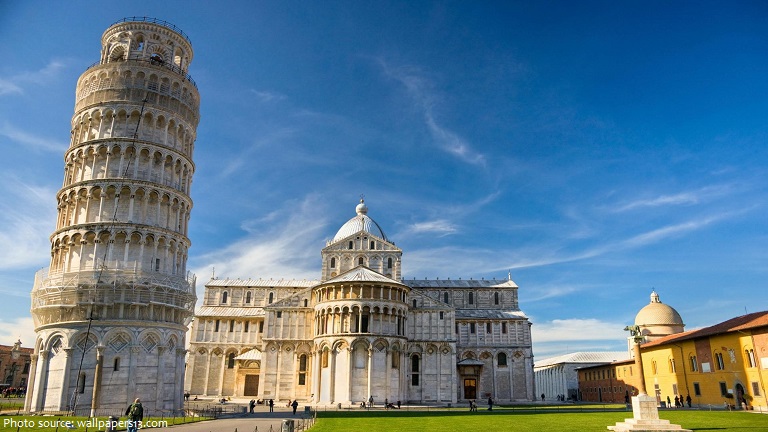
Tuscany also has a unique artistic legacy, and Florence is one of the world’s most important water-colour centres, even so that it is often nicknamed the “art palace of Italy”
Tuscany has over 120 protected nature reserves, making Tuscany and its capital Florence popular tourist destinations that attract millions of tourists every year.
Tuscany is one of the most prosperous agricultural regions in Italy, specializing in cereals (especially wheat), olives and olive oil, wine. Vegetables and fruit are also grown, and cattle, horses, pigs, and poultry are extensively raised.
Tuscany’s most famous wines include Chianti, Vino Nobile di Montepulciano, Morellino di Scansano, Brunello di Montalcino and white Vernaccia di San Gimignano.
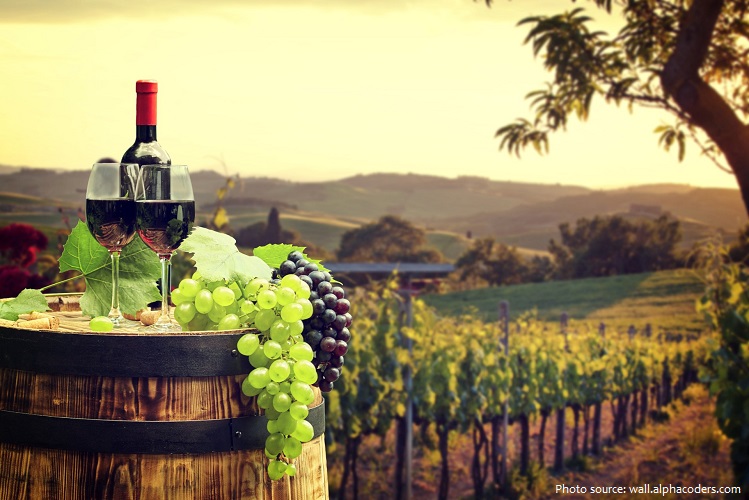
Simplicity is central to the Tuscan cuisine. Legumes, bread, cheese, vegetables, mushrooms and fresh fruit are used. Olive oil is made up of Moraiolo, Leccino and Frantoiano olives. White truffles from San Miniato appear in October and November. Beef of the highest quality comes from the Chiana Valley, specifically a breed known as Chianina used for Florentine steak. The indigenous Cinta Senese breed of pork is also produced.
Amedei Porcelana, a dark chocolate made by the Amedei chocolatier of Tuscany, is often called the world’s most expensive chocolate. It has won various awards from the “Academy of Chocolate”, including “Best bean to bar”, “Best Dark Chocolate Bar”, and the “Golden Bean award.” A 1.8 oz bar
sells in the United States for $18.99.